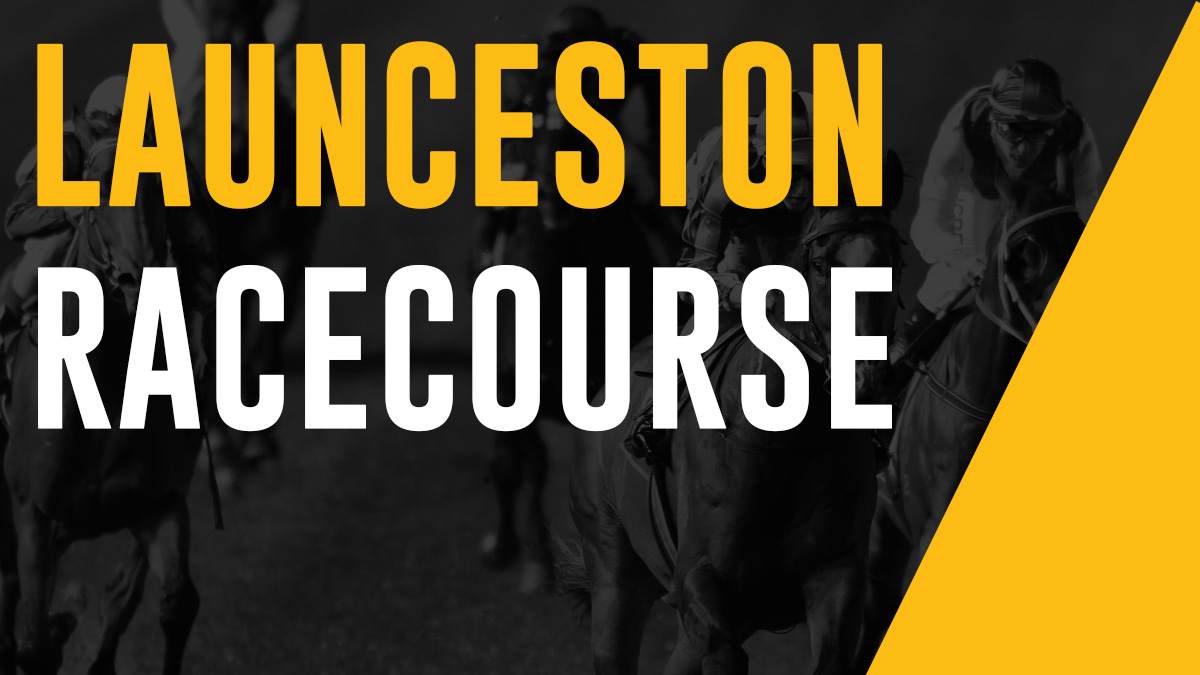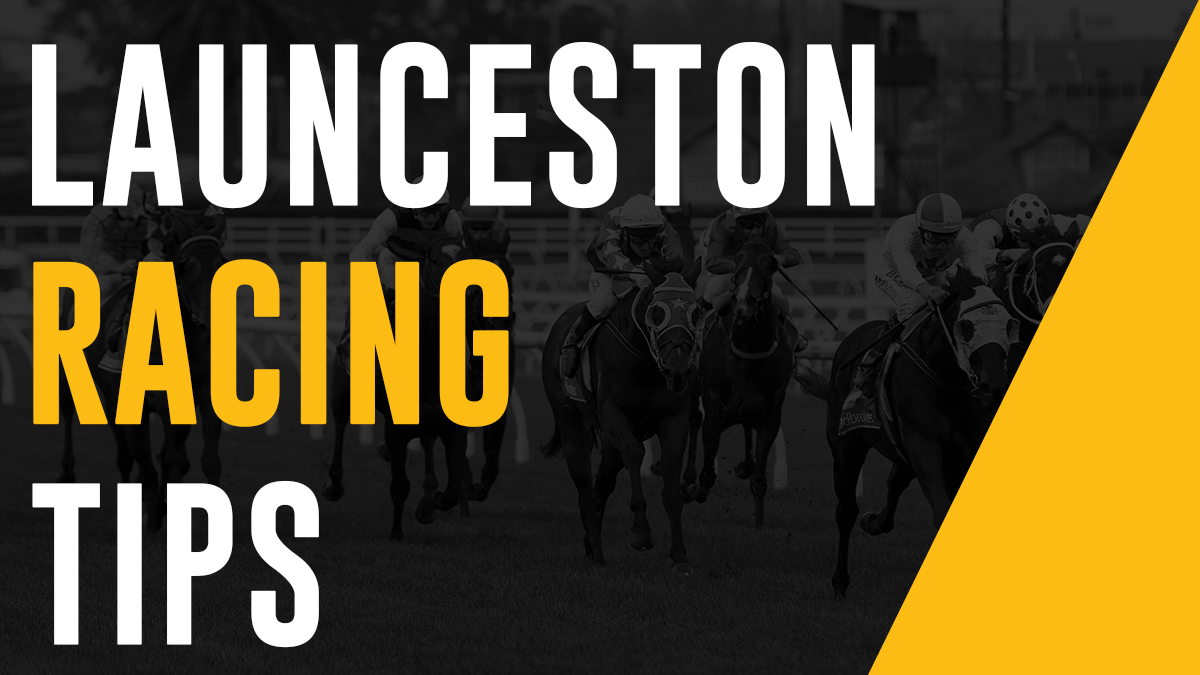
The Launceston Racecourse is located in Mowbray, approximately 3 miles from the city centre, it is also known as Mowbray Racecourse.
Launceston is Tasmania’s second-largest city and an ideal starting point for exploring the state’s most important historic villages, national trust properties, wilderness, arts, markets, national parks, breathtaking scenery, and internationally acclaimed food and wine grown in a clean, unspoilt environment. Launceston is a vibrant city with world-class accommodations.
The Track
The Launceston Racecourse’s 1,830-metre course length is a short 230 metre straight. The racing direction is counter-clockwise. Because the course contains several curves, it is advantageous to race at the front and on the inside.
At most starts, inside barriers are advantageous.
The Tracks History
Establishment
The Tasmanian Turf Club was founded in 1826 and had a long and illustrious history of thoroughbred horse racing. There are gaps in the history of the first Tasmanian Turf Club, founded in Ross in 1826; the club’s actual establishment dates from 1871. The Tasmanian Turf Club has been running races consistently since then.
Racing begins early.
Although the Launceston Cup dates from 1865, racing before clubs of racing enthusiasts undertook 1871. According to racing historians, the first race meets in this state was organised by officers of the military fraternity based in Launceston.
The initial race meetings in Launceston were held on a straight course on Elphin Road. The prize money was considerable, with up to 50 sovereigns available, as well as sweepstakes for each race. The Launceston Advertiser stated that 3,000 people attended, “high and low, rich and poor all huddled together, but no pick-pockets.”
Formation
The Tasmanian Turf Club was founded at a conference held at the International Hotel in Launceston, which also housed the National Australia Ltd Bank. A committee was formed in 1871. A few days later, the committee met, and racing rules were agreed upon, along with a programme for the 1871 three-day Cup Carnival, with 705 pounds allotted as prize money for fourteen races.
Mr H.E. Lette MHA presided over the meeting, with an expected attendance of 90 gentlemen. Mr William Field, W Dodery, H Gamble, F Coker, WH Mence, N Hartnoll, and W Atkinson were elected to a committee of seven. The committee’s most significant undertaking was the construction of a grandstand (most of which still stands today) to replace a much smaller structure built in 1876. Messrs Hinman, Wright, and Manser’s tender of 8,500 pounds was accepted. The stand opened in 1914 for a total cost of 10,268 pounds.
Amalgamation
The Newnham and Longford Racing Clubs merged in 1978/79 to establish the current Tasmanian Turf Club.
General entrance to the Launceston Racecourse / Mowbray Racecourse is $7, with pensioners paying $4 (please note that entry prices for the AAMI Launceston Cup & ELDERS Longford Cup, as well as race meetings throughout the Carnival, are higher).
The Tasmanian Turf Club operates Launceston Racecourse, which hosts around 25 race meetings at the TOTE Racing Centre and the Longford Cup on New Year’s Day.
The Tasmanian Summer Racing Carnival brings the colour and excitement of world-class thoroughbred horse racing, fashion, glamour, and entertainment to Launceston.
Launceston Races
Most Famous Race Held At Launceston
Unfortunately, there is no Group 1 race at Launceston, however, there is group racing during the three-week Tasmanian Summer Carnival beginning in January. The Launceston Cup and the Sovereign Stakes are two of these races.
The prize money for the Tasmanian Summer Carnival exceeds $3 million. This will undoubtedly motivate trainers and owners from the mainland to travel to Tasmanian racecourses in January to compete in these events.
Contact
TASMANIAN TURF CLUB
Address
Phone
Fax
Directions To The Track
© Copyright KRUZEY PTY LTD


